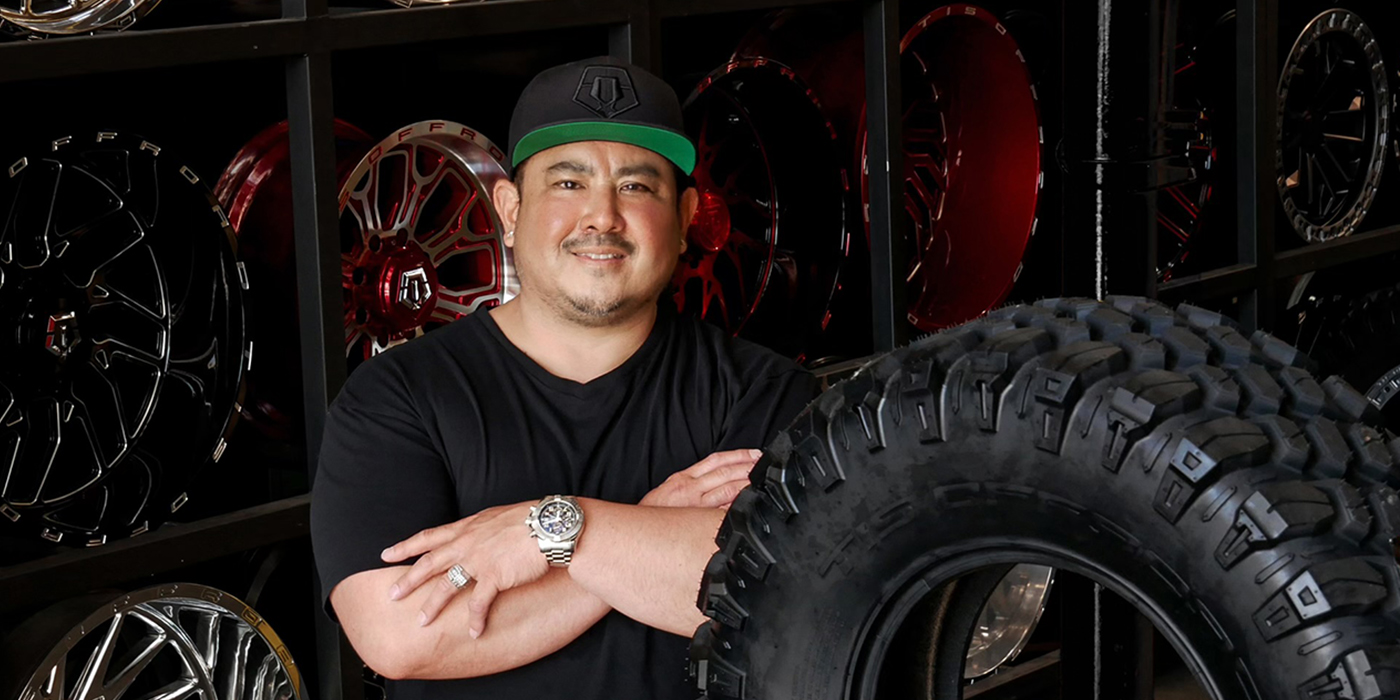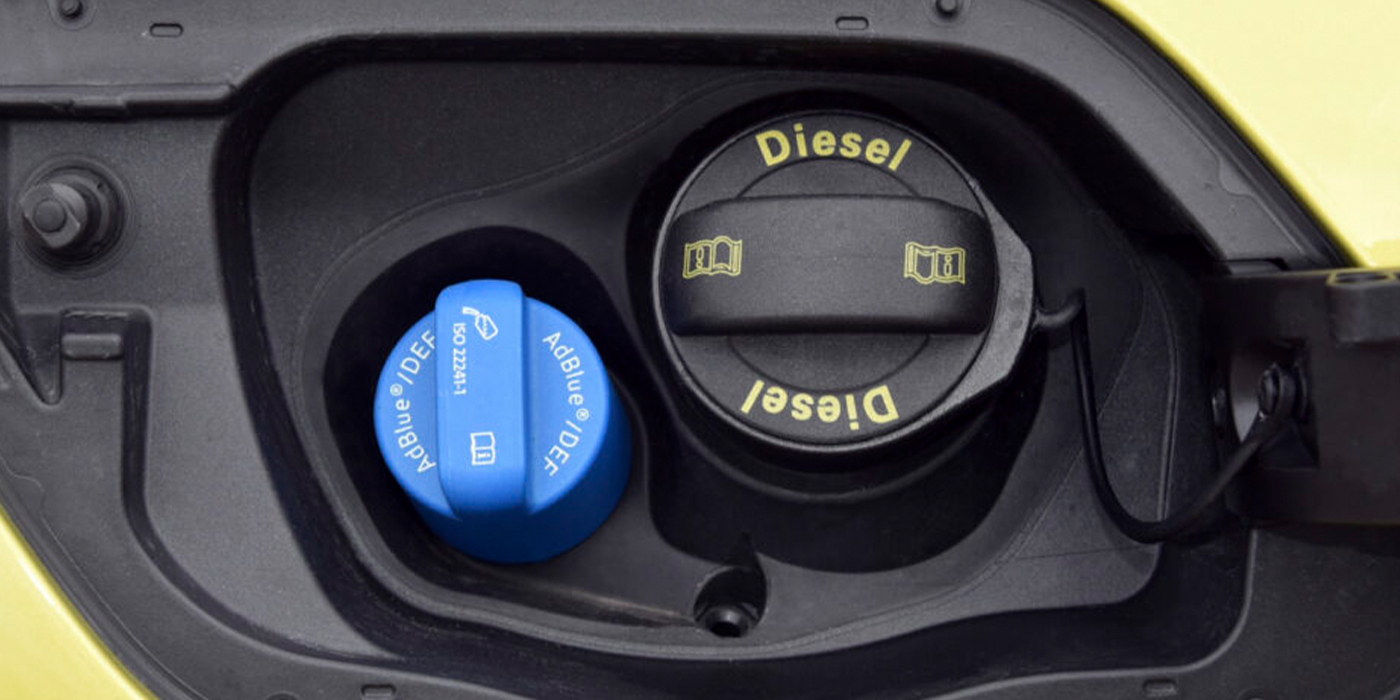In the past, you could run an ad for tires or a service special and customers might call or come by. Today, you run an ad and, before coming by, they are far more likely to check you out online first. Moving forward this is unlikely to change, so plan accordingly.
U.S. businesses spend $360 million on advertising every day. And, every day, 80% of people who are not familiar with the business being advertised will check it out online before taking a step or spending a dime.
It used to be different. Put a clever ad on the radio or local TV or pop a coupon into Valpak and people would often at least give a business a try. Not anymore.
Shop owners must carefully manage an advertising budget. So, why not make sure you are accomplishing the objective: Getting new customers?
A Matter of Trust. These days, advertising only gets people to their computers or smartphones where they will believe the opinions of people they don’t even know before they decide to spend money with a business. A Nielsen study in 2014 showed that 70% of people believe what they read online from absolute strangers.
This compares to 56% for print or Web advertising and 50% from broadcast advertising and emails to which they subscribe. It is second only to the opinions of people whom they know personally, which scores about 90%.
But, here are the economics. You can’t realistically find and pay people who know a lot of other people to talk about you. And today, all other forms of advertising cost real money. So, by strategically encouraging happy customers to say so, you exploit the largest, most effective form of free advertising there has ever been.
Rationale. The reasoning goes like this: spend more attention – and money, if necessary – on delivering a top quality product (tires, repairs and, above all, customer service) first. Only then should you go about intentionally capturing the reactions of customers who are pleased with your effort.
With glowing reports collected and posted on your website, use traditional advertising to bring attention to your business. The prospects will automatically do the checking-out part. Make sure you know what he or she will be seeing when they go online. To do otherwise, or in any other sequence, would simply be a waste of advertising dollars.
Do not panic, however, if consumers do not rate you a perfect five stars. A business that boasts a large number of all five-star ratings is sometimes questioned as “too good to be valid.”
Conversely, having consistently fewer than three stars will keep new customers away in droves. [Note: The “five-star” scale is not universal, but Google and most of the other better known sites like Yelp use it so the five point scale has become a part of the national nomenclature.]
In fact, if you think of online reviews as a form of (free) advertising, you want to do as much as possible to control the “copy” in those advertisements. You should set up established systems to do so. To be introduced to several of the options for automating the process, visit: rogermcmanus.com/reviewsoftware.
Reputation Marketing
Reputation marketing has nothing to do with covering up negative reviews. It has everything to do with getting happy customers to say so in a compelling way. This is not a random process; it is structured and should be built into your operation. Successfully executed, it has the effect of ensuring that advertising efforts drive customers to see a business in a realistic, generally positive way when they do what has become a natural next step – check you out.
The unfortunate fact is that happy customers expect to be happy. Good service is, perhaps, appreciated, but is not generally so amazingly exceptional that it is worthy of remembering to go home and comment about it online. A bad experience, however, is not the same. People will use extra effort to warn others by vilifying a business that has not served them well.
Negative Bias
Simple survival logic would suggest that a business that stays alive for any time at all must be pleasing more customers than it displeases. Then add the fact that the whole system of online reviews is negatively biased. It is simply human nature to use online review tools to criticize rather than praise. You have a solid, ethical, quality business, yet the system creates an unfair negative bias that you must overcome. To do so means being good and proactive in the modern marketing world.
In fact, Yelp uses that negative bias as part of its core algorithm. An inexperienced “Yelper” (someone with very few Yelp reviews to his or her credit) can say something glowing about a business and Yelp will not publish it where it can be seen. They filter the review as “not recommended (by Yelp)” and publish it under a greyed-out, hard-to-find “Not Recommended” heading. That same individual with low Yelp creds, however, can be dramatically negative about a business and Yelp does not care if the reviewer has no other reviews, it still seems to get published.
The rationale Yelp uses is that people friendly to the business, perhaps family or personal acquaintances, can be asked to leave positive comments to bolster the business and will do so as a favor. Well, if yours is the only business they have gone to the trouble to compliment, they are considered suspect. On the other hand, if you go to the trouble to trash a business, you must be sincere in your feelings and are, therefore, worthy of publishing.
Insurance
Facilitating happy customers to say so is a good investment with long-term returns. Thinking you don’t want to play the game and ignoring what is happening all around you is very shortsighted. Positive published comments support the words in your advertising. They ensure the value of your advertising investment.
This turns your insurance into an annuity that pays off for years.
Article courtesy of TIRE REVIEW.











